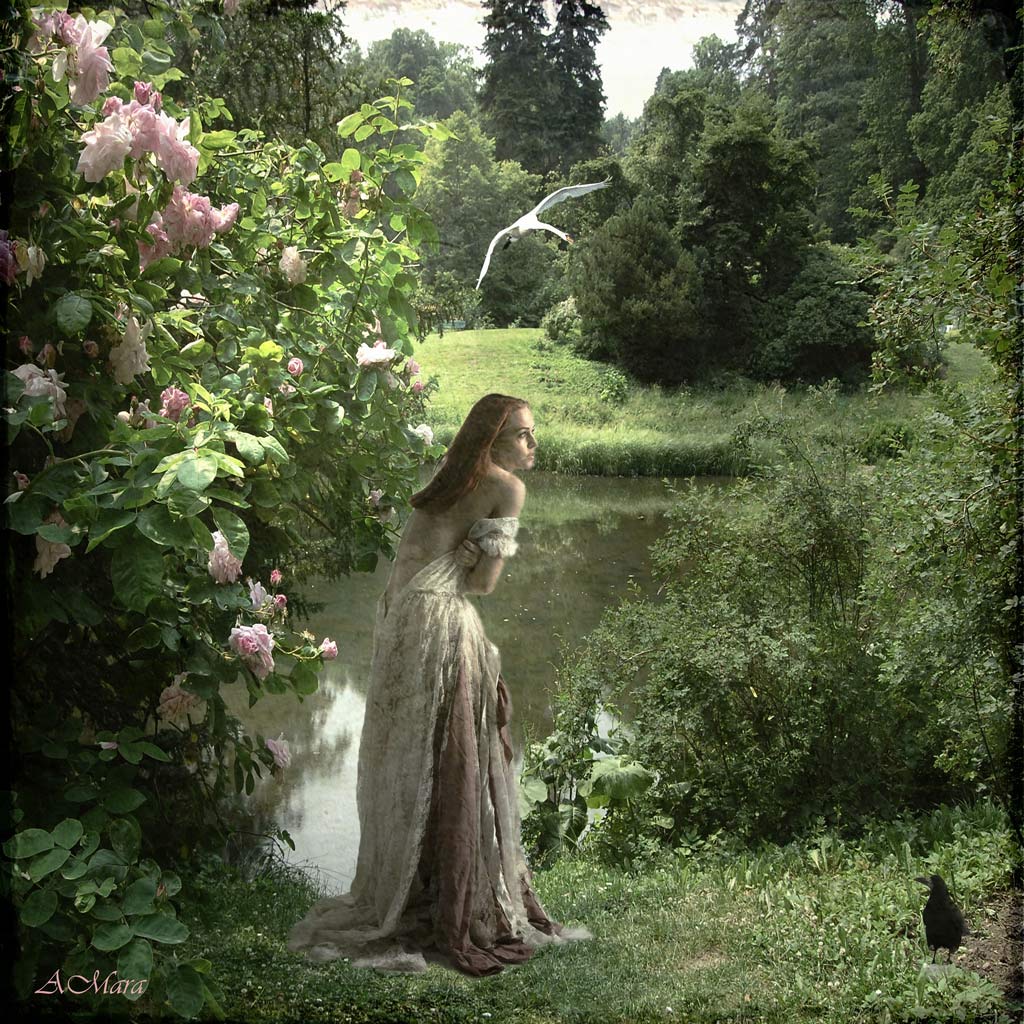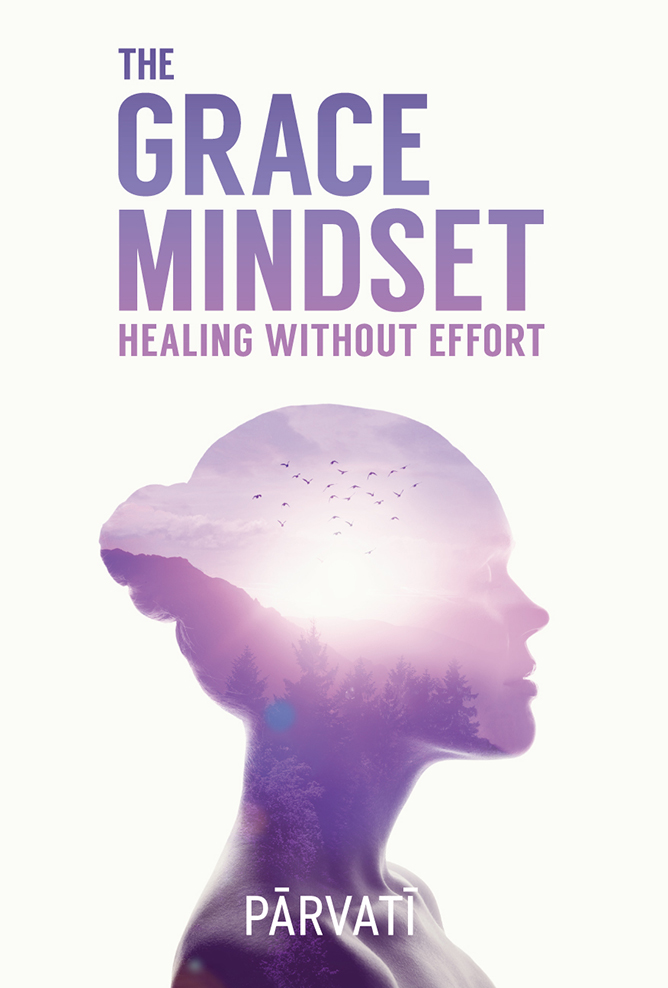Being in the Wake of Violence, Part 1
Image credit: Angela Marie Henriette
BEING IN THE WAKE OF VIOLENCE
Last week, I posted a blog update in honour of International Women’s Day. In it, I shared staggering statistics about women around the globe today. I also encouraged women to feel whole within themselves by cherishing their unique qualities of womanhood and not give away their power by feeling that life is happening “to” them. By tapping into our essential beauty, we become like the flower that blossoms from under oppressive concrete.
In response, I received many positive comments. But one person came back asking if by saying that “the problem is not out there but within” that I was suggesting that if more women looked within, they wouldn’t be tortured, assaulted or otherwise face abuse. She asked if looking within is really just for those who are in physical safety, security and privilege, not for those who are the victims of the sobering statistics I quote. I appreciate this question, and value it being raised. Today’s post (and next week’s) is my response.
PAIN SEEKS PAIN
I by no means suggest that anyone – man or woman – whose safety is threatened should sit and navel-gaze. If any one is in harm’s way, he or she needs to do all they can to move to safety. This is essential, and in alignment with the laws of nature.
Nor do I suggest that anyone who is abused should feel as though the actions of their oppressors are their fault. To even consider that any painful act done in ignorance by another is in any way our fault harms ourselves even more fully. It would allow the abuser’s pain to seep into our deeper selves.
An abuser attempts to create pain in others because he or she is identified with his or her own inner pain, which seeks validation in having someone else experience similar pain. Pain seeks pain. When someone who has been abused starts to believe that they are the cause of that abuse, it is as though the abuser’s attempt to control them through violence has seeped more deeply into the victim’s system. Such thoughts become like parasites that burrow beyond the boundaries of healthy soul immunity. They break down one’s sense of dignity, and ability to know one’s inherent beauty. An abuser has no sense of his or her true inner beauty and is trying to get you to feel that way too.
The need to look within is not limited to women, but is something that all beings must do, whether or not they are in a position of privilege, being oppressed or oppressing. By looking within, the abuser will come to see that his or her painful actions only perpetuate his or her suffering. Hateful or vengeful actions, even if they seem somehow empowering in the moment, can never lead to freedom. This insight can only come through self-understanding, which happens when one is willing. It is completely up to the abuser to find this inner clarity. No one can do it for him or her. We can never do it for anyone but ourselves. But when one who is abused makes it clear that he or she will not co-create with this pain, whether by quietly leaving, making a protest or coming to profound inner peace, they provide the first opportunity for the abuser to understand that the acts of violence are not ok and need to change. I believe that looking within is harder for the abuser to do, because he or she believes fully that the problem is “out there”: in the person they attempt to oppress.
THE PROBLEM IS NOT OUT THERE
The oppressed and oppressor participate in a painful dance when they each feel that the problem lies within each other. Eckhart Tolle might say that each of their pain-bodies are active. In my words, they are both co-creating in the impossibilities, identified with the idea that life is happening “to me”, attached to an illusion that one’s personal power lies outside themselves. In truth, lasting change can only happen from within, when we free ourselves from the idea that someone else holds our power.
By looking within, the one who has been abused can see that no one can take away his or her personal dignity. This does not mean that the abused should passively accept being unsafe. The ability to look within fuels clarity, which provides the ability to act with inspired confidence. For example, one may gain the insight to see a clear exit route from an abusive situation. By knowing his or her inherent worth and timeless value from which true confidence arises, one who has been abused can rest in a power that no one can ever take away, no matter how much pain may be inflicted. Ideally, that person moves into a situation that is safe and free from all forms of harm, one that fully nurtures the good, the light, the beauty that lies within all beings.
I know this to be true because I am part of the statistics. I have experienced violent assault more than once. One almost cost me my life. I do not speak from a place of theory, but as one who has asked herself, “How come I am in this situation? How do I move beyond this pain, this rage, this grief, this suffering? What am I learning through this, through these repeated incidents?”
In Part 2, I will share how I came to find answers to these painful questions.








